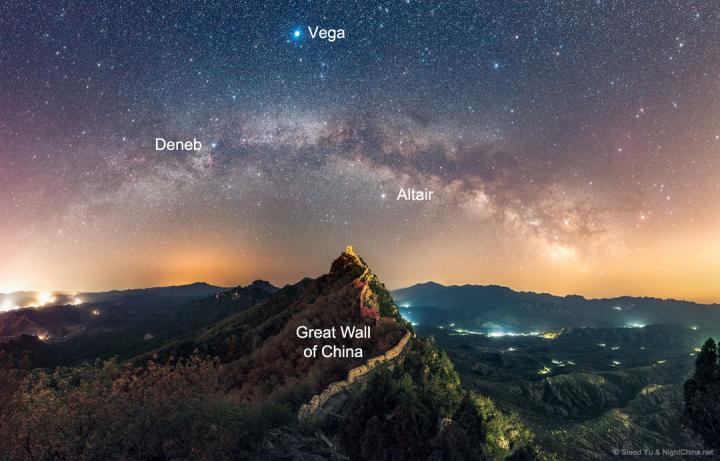
July 2024 Guide to the Bright Planets and Stars
ADVERTISEMENT
I have a telescope I haven't used yet~the sky is so pretty as it is !!! I use the Big Dipper as my location~
in other words; are u saying the Planets appear in a different Constellation at different times of year? r u saying the Astrological signs are actually Constellations; I guess the night sky is like a map with different constellations; and the planets might be in one constellation or another; interesting!!
Interestingly, the word “planet” comes from the Greek word for “wanderer.” They do indeed “wander” across the sky, however, it’s in a limited way. They move from west to east most of the time and sometimes seem to stop and move westward (retrograde motion). However, they do always stay amongst the twelve constellations of the zodiac.
Thanks to Bob Bergman & FA I've really taken an interest in Star-Planet Watching; appreciate the info: The planets move from west to east most of the time. : )
Dear Bob,
These are excellent columns, but I always get them well into the month they are talking about. Would it be possible to publish each month on the first of the month or the day before? Thank you.
We will plan to publish each month’s sky watch on the first of the month.
Thank you for the sky watch .. I love it !
Thank you for this wonderful information! I look forward to it every month!










